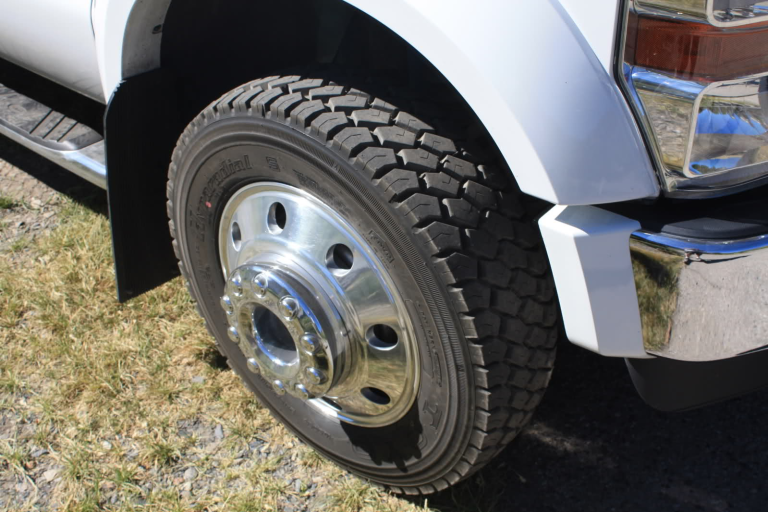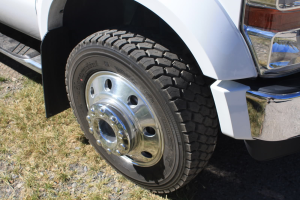

Your RV serves as the perfect escape for you and your family, but it also must keep you all safe. Just like any vehicle, your RVs tires are of utmost importance, particularly as they’re what helps you to travel from A to B.
Most models use 8R 19.5 RV tires, but do you know all there is to know about this type of RV tire? Keep reading to find out the most important facts you should know about RV tires 19.5, especially before you buy them.
- Leave it to the professionals
When fitting your 8R 19.5 RV tires, it’s vital that you leave this job to a certified professional. Not only are these tires very heavy, but they require the correct handling, safety precautions, and equipment that only an experienced tire professional would have.
- All tires must be the same size
You cannot fit 19.5 motorhome tires on just part of your RV. All tires must be uniform, so if one is a 19.5 RV tire, then they all must be. This also includes dually setups (rims that have two wheels next to each other on the wheel well).
- PSI is important
PSI stands for “Pounds per Square Inch,” and is the common unit of measurement for tire pressure. Ask your local tire professionals what PSI to inflate your 8R 19.5 RV tires at for safe driving and handling. We also recommend you purchase a tire air gauge tester and keep it in your RV at all times. Test your tires’ PSI every few hundred miles of driving to be sure they are at the required levels.
- Check the Tread
It’s important that you replace your RV tires 19.5 when the tread shows excessive wear, exposed threads, or rips and tears. You can keep on top of their condition by checking their tread every few thousand miles, particularly before you embark on lengthy RV trips.
- Find Good Deals Online
Last but not least, it’s important to shop around for the best deal before you commit to purchasing your RV tires 19.5. Many RVers forget to look online for tires, as they believe that you can only purchase them from brick-and-mortar stores. Our website recommendations include Amazon, Camping World, Goodyear RV Tires, and Simple Tire (just to name a few).
Now that you know the most important facts about 8R 19.5 RV tires, it’s time to find some for your rig at the best deal, before having them fitted professionally. Trust us, you can tell the difference!
This post may contain affiliate links.






